Timbercrete: Components, Advantages, and Applications
The Constructor
JULY 13, 2022
Timbercrete is an environmentally friendly construction material, produced from a mixture of sawdust and concrete. It reuses waste products and.
This site uses cookies to improve your experience. By viewing our content, you are accepting the use of cookies. To help us insure we adhere to various privacy regulations, please select your country/region of residence. If you do not select a country we will assume you are from the United States. View our privacy policy and terms of use.

 components, advantages, and applications
components, advantages, and applications 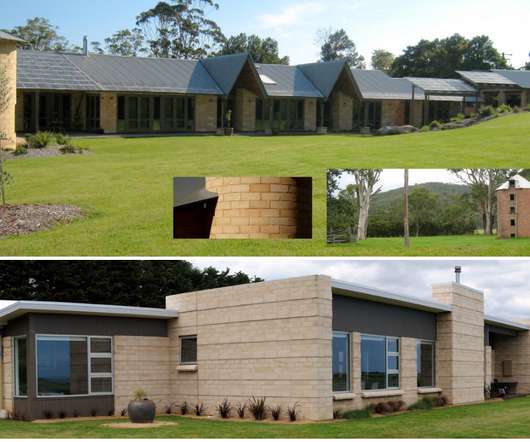
The Constructor
JULY 13, 2022
Timbercrete is an environmentally friendly construction material, produced from a mixture of sawdust and concrete. It reuses waste products and.
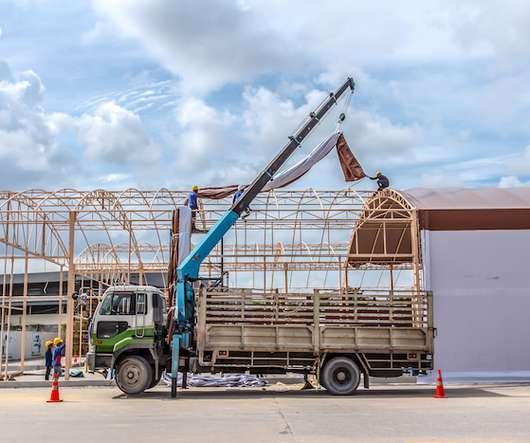
Construction Marketing
MAY 27, 2022
Since fabric buildings are tensile structures, the membrane can be pulled into a three-dimensional surface for developing shading, a roof, or a decorative component. For instance, you can construct fabric structures for mining operations and storage equipment for landscaping, construction, and automotive businesses.
This site is protected by reCAPTCHA and the Google Privacy Policy and Terms of Service apply.
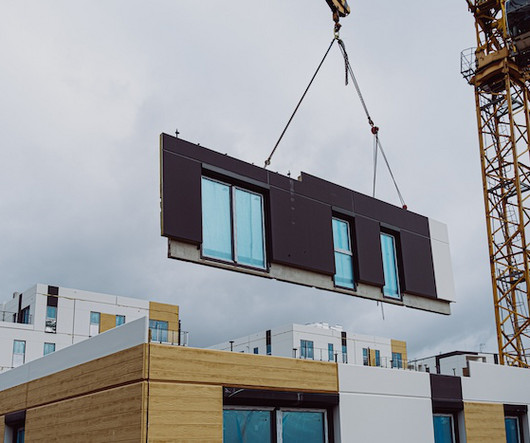
Construction Marketing
DECEMBER 18, 2023
Prefab steel construction is transforming the building landscape with its innovative approach. This method utilizes prefabricated components, offering a modern alternative to traditional building practices. Choosing between prefab steel and traditional construction involves matching the method to your project’s needs.
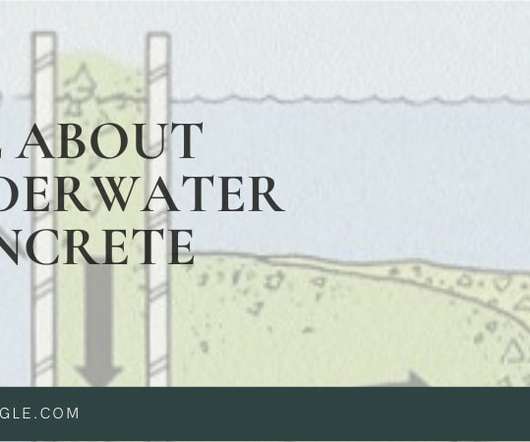
CivilJungle
MARCH 5, 2021
What Is Underwater Concrete? Underwater concrete is a form of construction material widely used in certain forms of structural engineering projects. In every other building in which the lower parts of the buildings are expected to remain underwater, underwater concrete should be used. Can Concrete Cure Underwater?
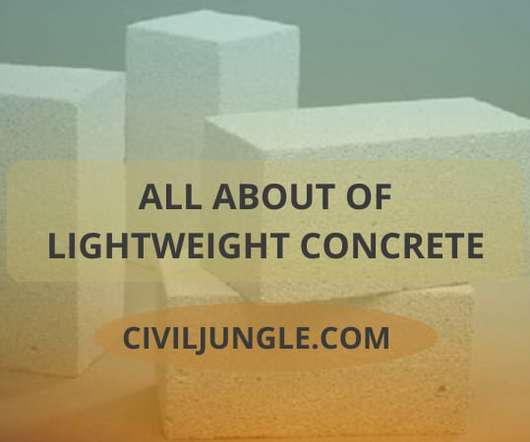
CivilJungle
MARCH 16, 2021
What Is Lightweight Concrete? Lightweight concrete can be defined as a type of concrete which includes an expanding agent in that it increases the volume of the mixture while giving additional qualities such as nailbility and lessened the dead weight. How much does Concrete Weigh? 10 pounds per cubic meter.
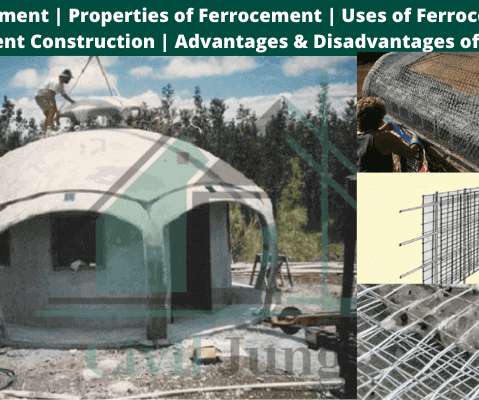
CivilJungle
DECEMBER 11, 2020
The construction cost of the homes and the price of the building materials are rising day by day. It is very difficult for a common man to construct an affordable home. The only solution to this problem is to use Ferroconcrete Technology in the Construction Industry. Introduction of Ferrocement. What Is Ferrocement?
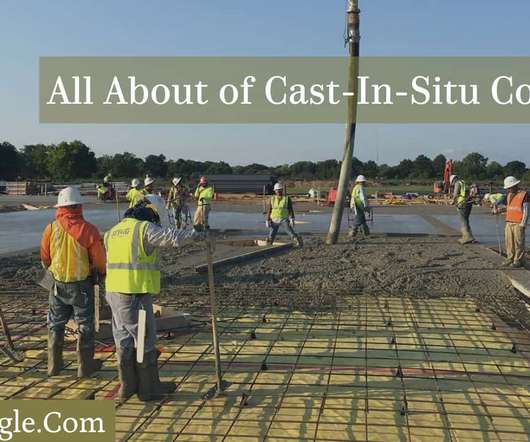
CivilJungle
JANUARY 29, 2022
What Is Cast-In-Situ Concrete? Cast-in-situ concrete is prepared, placed, and finished on the construction site. Another name of cast-in-situ concrete is poured-in-place concrete. Generally, concrete slabs, concrete foundations , beam, column, wall, roof, etc., Definition of Cast in Place Concrete.
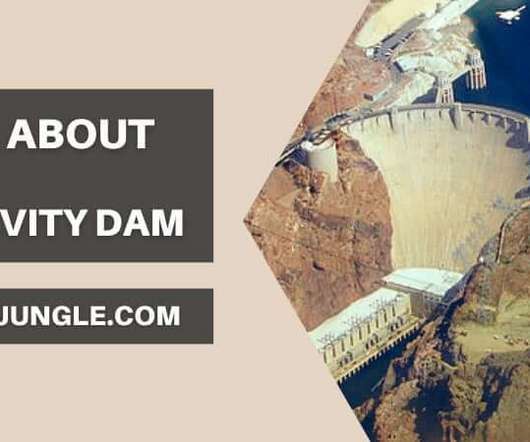
CivilJungle
MAY 23, 2021
The Gravity dam is defined as a structure that is designed and constructed such that the own weight of the gravity dam resists the external forces. The Gravity dam is constructed from masonry or concrete. Gravity dams are massive structures that are constructed with the help of stone or concrete. Uplift Force.
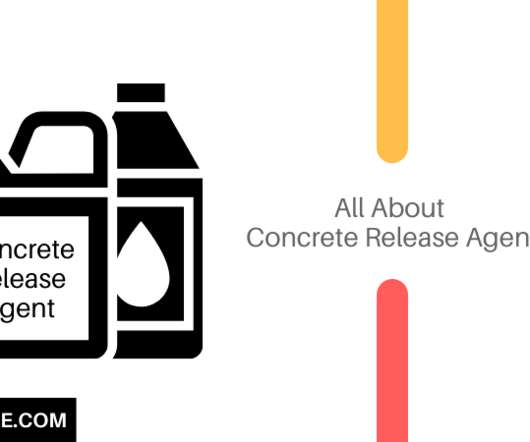
CivilJungle
FEBRUARY 12, 2021
Concrete Release Agent: Releasing agents are coatings added to the surface of the formwork prior to concreting , in order to allow quick removal of formwork or shuttering. If the appearance of the concrete surface is relevant, it is important to take care of the finishing surface of the shutter. Spray may be added.
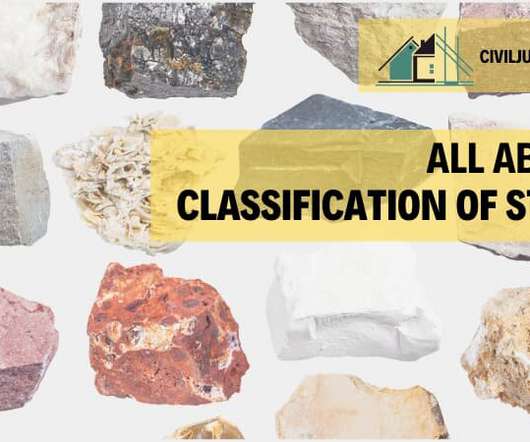
CivilJungle
MARCH 6, 2021
Stones were some of the essential construction materials in civil engineering. Also, Read: Joints of Stone Masonry | Type of Joints of Stone Masonry | General Principles Which Are Used in the Construction of Stone Masonry. As the total aggregate of concrete cement. Application of Stone: The application of stone are as follows.
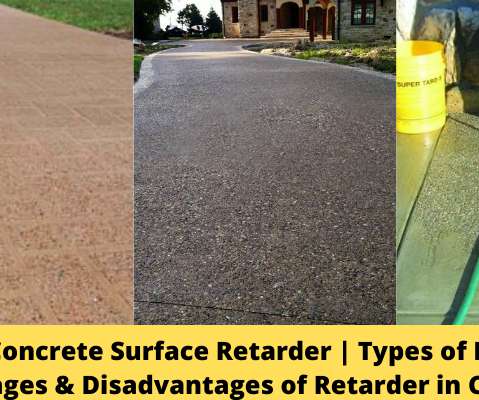
CivilJungle
MAY 12, 2020
What Is a Concrete Surface Retarder? Surface retarders, also know surface “deactivators,” are applied to fresh concrete to chemically delay the set of the surface mortar. Unlike concrete set retarders, they allow the rest of the concrete to cure normally , without affecting the setting rate or strength gain.
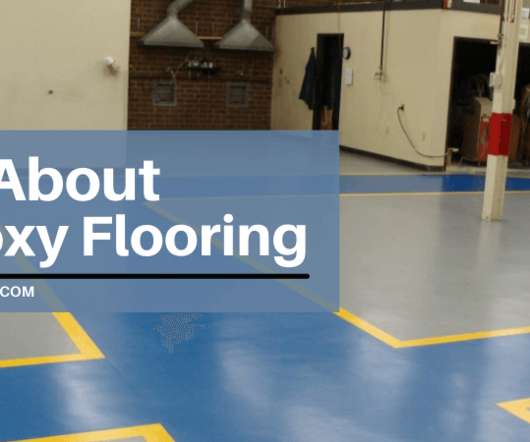
CivilJungle
FEBRUARY 21, 2021
To provide a high-performance, smooth, and durable surface that can last several years and withstand heavy loads, epoxy coatings are typically applied over concrete floors. The material for epoxy flooring is made of two components: resins and hardeners. Strong bonds from base materials like wood, concrete, and steel are created.
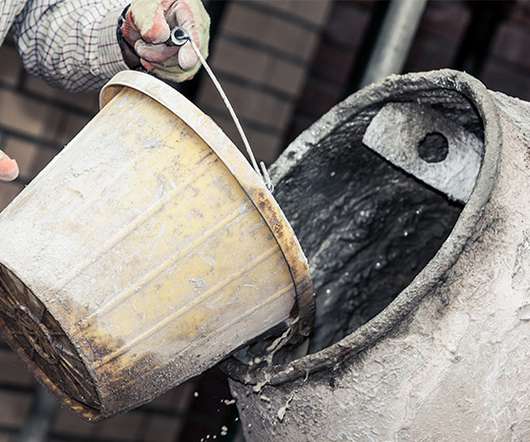
GCP Applied Technologies
MARCH 6, 2020
Concrete mix design. concrete / mix design. . Control flow concrete. Control flow concrete. Of all the enhancements we can make to concrete through the proper use of admixtures, entrainment of air is the most difficult. Control flow concrete. michael.delros…. Fri, 03/06/2020 - 18:13. March 06, 2020.
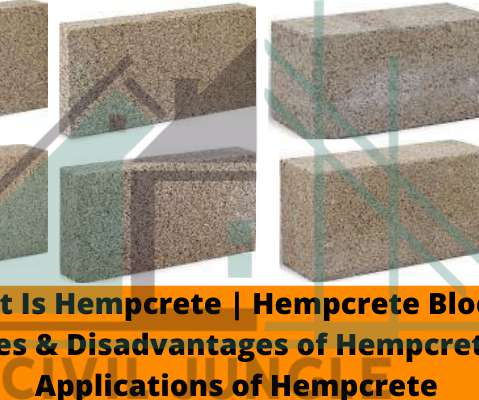
CivilJungle
AUGUST 30, 2020
It is also known as hemp-concrete. Hemp is an agricultural crop that is used for construction material the combination of lime and cement. Hempcrete is basically a bio-based Construction material that is widely used to build, renovate, and restore various types of structures. Advantages of Hempcrete Blocks.
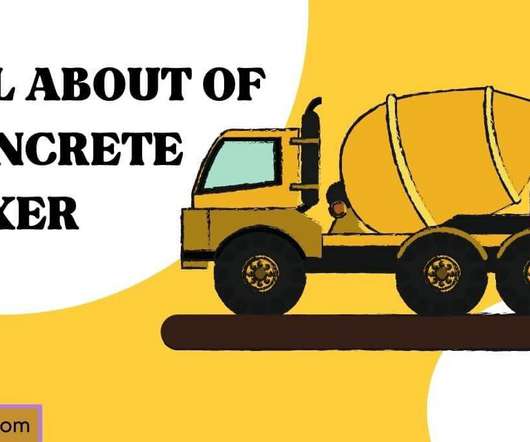
CivilJungle
JUNE 9, 2021
Introduction of Concrete Mixer. Concrete is one of the main and widely used building materials in construction. Concrete is prepared by mixing cement , aggregates , and water. Traditionally concrete is prepared by manually mixing cement , aggregates , and water with the help of construction tools.
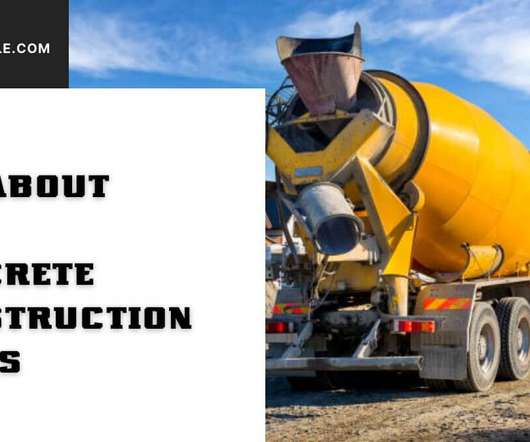
CivilJungle
JUNE 8, 2021
Introduction of Concrete Construction Tools for Construction Sites. Concrete is one of the most widely used building materials in the Construction Industry. There are various types of concrete construction tools are used on the construction site. Construction Tools Used for Mixing of Concrete.
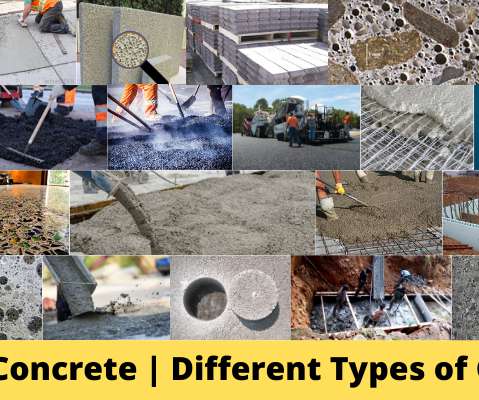
CivilJungle
APRIL 26, 2020
What Is Concrete? Concrete is the final product resulting from mixing cement , aggregates (including sand), water, and mixtures. The first use of concrete was by the Roman Empire. The Pantheon is the largest unreinforced concrete dome in the world, built-in 120 A.D. Different Types of Concrete. Dry lean Concrete.
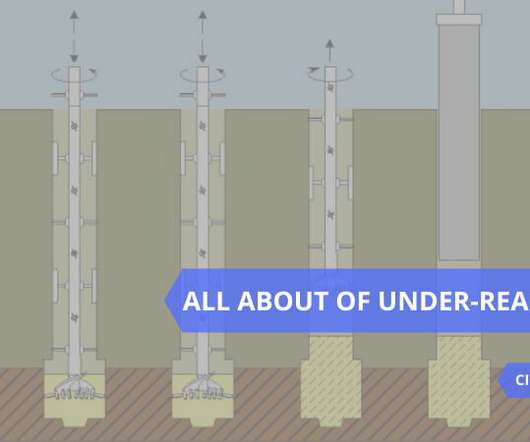
CivilJungle
MARCH 22, 2021
A cast-in-situ concrete pile with such a widened bulb at the bottom, rendered either through cutting or scooping out all the soil or through other appropriate methods, is considered the Under-Reamed Pile. Under-Reamed Piles are often referred to as bored cast-in-situ concrete piles. Definition of Under-Reamed Pile.
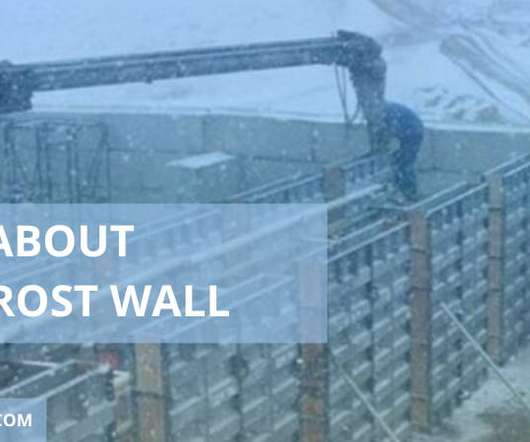
CivilJungle
MARCH 17, 2021
The Types of frost walls, their specifications, and applications are addressed. Any damage to the structural foundation would have an effect on the overall integrity of the construction. The design of buildings and structural components in extreme climates is therefore a very difficult process. Non-Load Bearing Frost Walls.
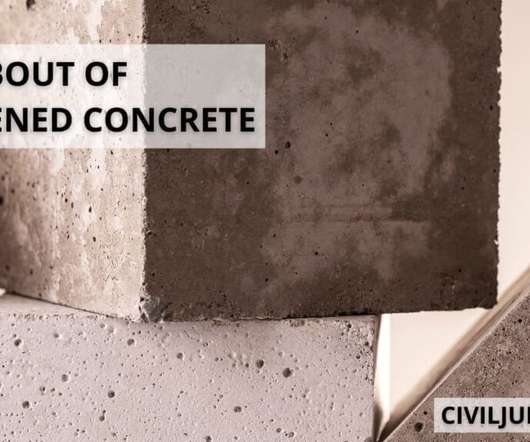
CivilJungle
JUNE 17, 2021
What Is Hardened Concrete? Hardened concrete is a type of concrete that is strong and have the capacity to bear the structural as well as service loads that are applied to it. Hardened concrete is one of the strongest and durable construction material s. What Is Concrete | 31 Different Types of Concrete.
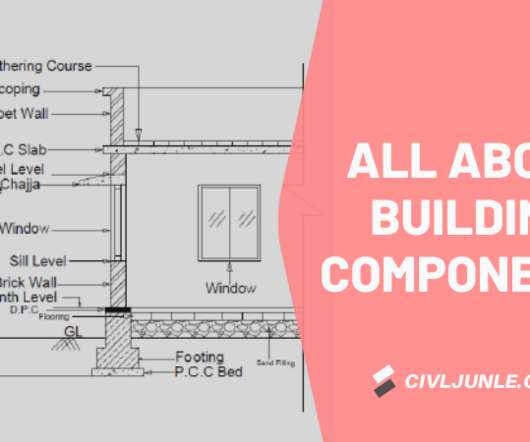
CivilJungle
FEBRUARY 27, 2021
16 Types of Building Components. Components of Building are as follows. The structures are constructed well above DPC. The plinth beam is built according to the form of construction of the building as well as the condition of the surface. Substructure. Bedding for Footing. Superstructure. Damp Proof Course. Plinth Beam.
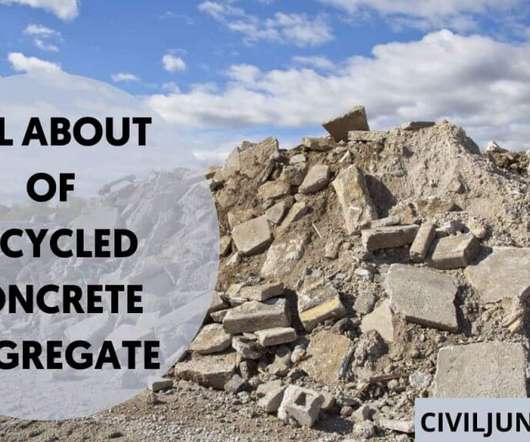
CivilJungle
FEBRUARY 3, 2022
What Is Recycled Concrete Aggregate? Recycled concrete aggregates ( RACs ) are an alternative to the use in concrete of natural aggregates ( NA ). Recycled concrete aggregates ( RCA ) are aggregates produced by clean concrete waste that must contain very low amounts of other building waste – less than a few percent.
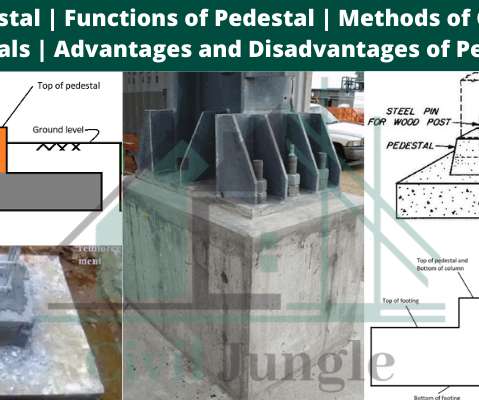
CivilJungle
NOVEMBER 17, 2020
To reduce this tendency of loads, the pedestal is adopted for the construction of footing & column. A concrete pedestal is a compression element provided to carry the loads from supported elements like columns, statues etc. Methods of Construction: Pedestals. Types of Pedestal: Advantages and Disadvantages.
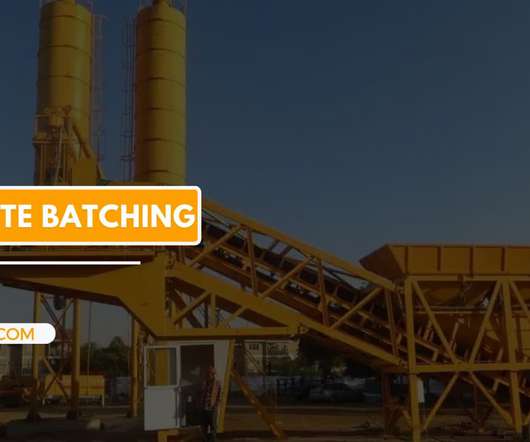
CivilJungle
SEPTEMBER 2, 2022
All About of Concrete Batching. Generally, concrete is a multipurpose , eco-friendly construction material that is widely used in most construction all over the world. Concrete is also an inexpensive material. Concrete is generally made of water, aggregate (fine or coarse), and cement (powder form).
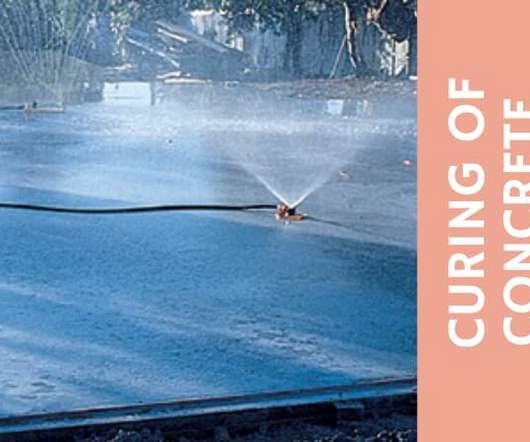
CivilJungle
MARCH 1, 2021
What Is Curing of Concrete? Curing performs a crucial role in the growth as well as the resilience of concrete strengths. Since applying water to that same concrete mixture there is an exothermic process that tends to toughen the concrete. Such an approach is termed the curing of concrete. Why Curing Is Important?
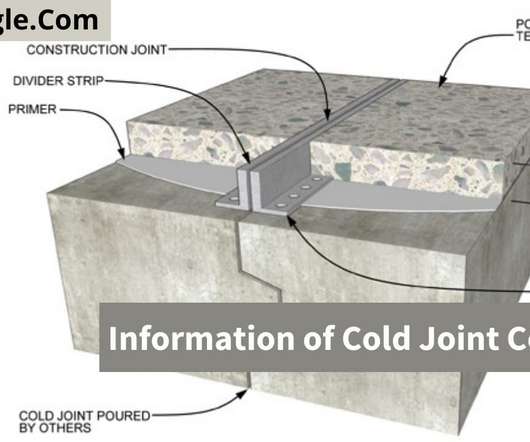
CivilJungle
JANUARY 4, 2022
Information of Cold Joint Concrete. Concreting is a critical process which required a strict supervision during placing and compaction of the concrete so as to achieve the desired strength. Cold joint in the concrete is a defect which occurs in the concrete due to improper or delayed placing of the concrete layers.
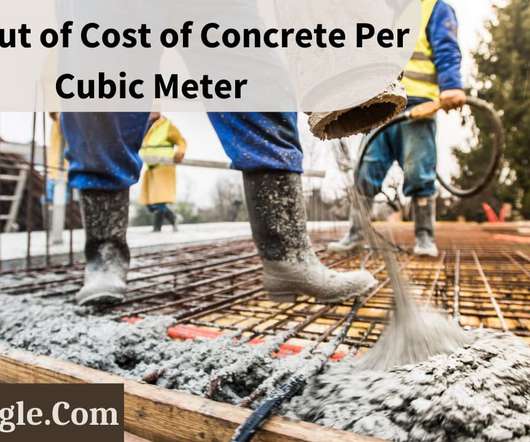
CivilJungle
DECEMBER 27, 2021
Introduction of Cost of Concrete Per Cubic Meter. Concrete is one of the most widely used and major construction materials that is used in the construction of almost every structure. There might be a question that arises in your mind that How much does concrete cost per cubic meter? Labor Rates. Specifications.
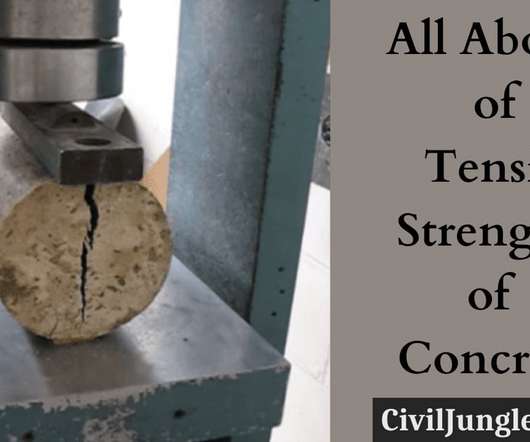
CivilJungle
JANUARY 11, 2022
Information of Tensile Strength of Concrete. Concrete is one of the most widely used versatile building materials in the Construction Industry which is used in the construction of various types of structures such as buildings , bridges, dams, and roads, etc. Also, read: What Is Concrete | 31 Different Types of Concrete.
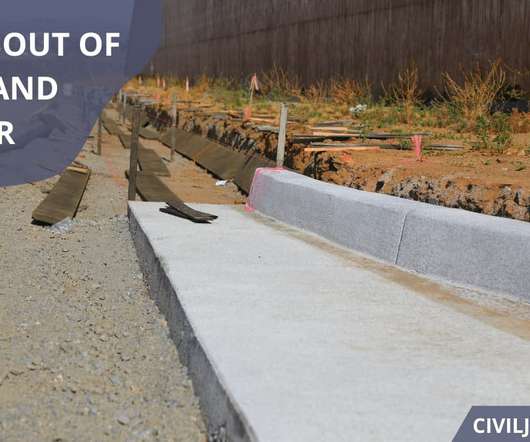
CivilJungle
JUNE 26, 2021
There are various types of Curbs and gutters are used in the construction of light and heavy pavements of the road. Curb and Gutter are the structures that are made from concrete or asphalt which is used to collect the surface runoff water from parking lots or impervious surfaces. What Are Curb and Gutter? Barrier Curb and Gutter.
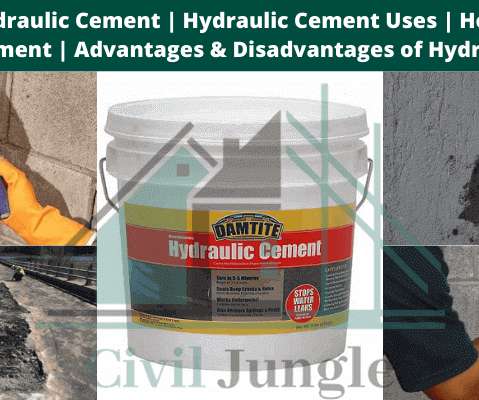
CivilJungle
NOVEMBER 27, 2020
The other types of cement cannot be used for the construction of the structures which are in contact with water. If we construct the underwater structures with the normal cement then it will undergo corrosion and get damaged. In this article, you will get to know all about the Hydraulic cement and the Hydraulic cement applications.
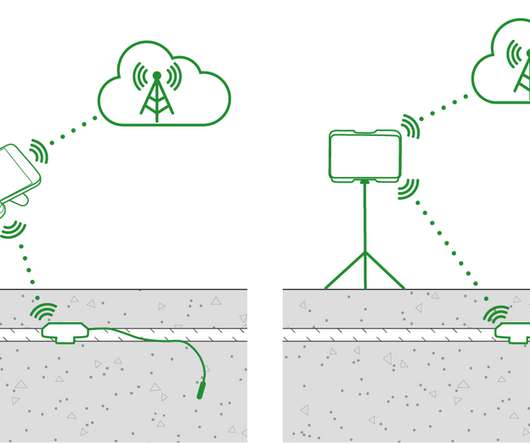
Construction Junkie
JULY 16, 2020
A Review of Top Wired and Wireless Temperature and Strength Concrete Sensors. is a global company revolutionizing the construction industry by bringing smart testing technologies and real-time data collection to the forefront of every jobsite. This post was written by Aali Alizadeh, the CEO and Co-Founder of Giatec Scientific Inc.
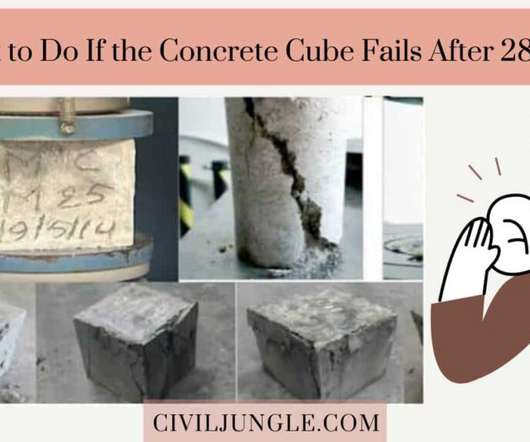
CivilJungle
APRIL 22, 2022
What to Do If the Concrete Cube Fails After 28 Days? Such a condition appears considerable duration on the construction point. This composition describes what to accomplish and not do during comparable circumstances on the construction pinpoint. So, What To Do If Concrete Cube Falls after 24 days? Cube Test of Concrete.
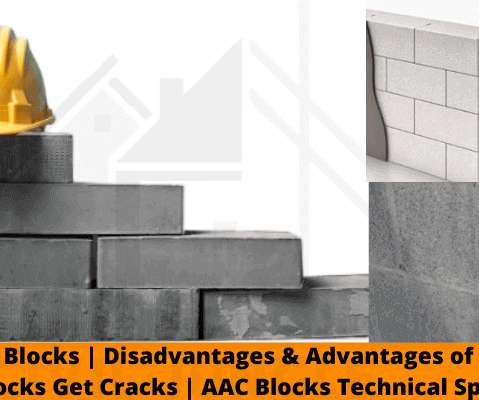
CivilJungle
SEPTEMBER 15, 2020
Another building material we have used in GreenWay Subdivision is autoclaved aerated concrete blocks (AAC blocks) for exterior walls. AAC Block full form: Autoclaved Aerated Concrete Blocks. ACC Block full form: Autoclaved Cellular Concrete Block. Cost of production higher than the ordinary concrete block or brick.
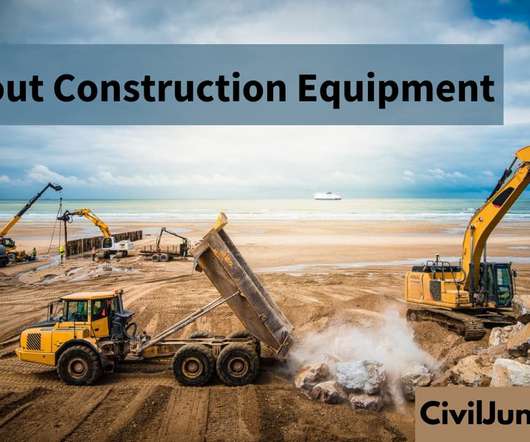
CivilJungle
DECEMBER 31, 2021
What is Construction Equipment? Construction tasks, earthwork operations are easily executed with the help of construction equipment. Construction machinery is used in construction projects and Construction equipment are used in building construction. Types of Construction Equipment.
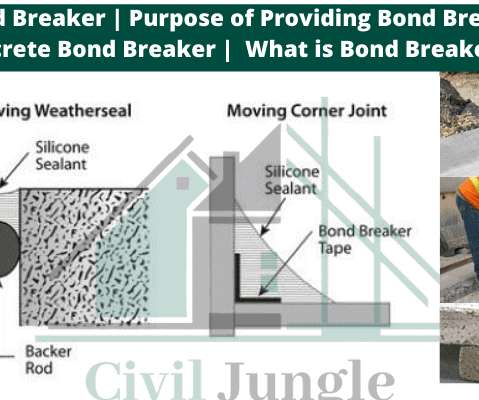
CivilJungle
MAY 19, 2021
In the modern construction industry, the term “prefabrication” or “precast” holds a significant value. Concrete elements are generally of two types; those are Precast and cast-in-situ construction. Thus bond breaker is used to prevent cracks , which may appear in concrete surfaces due to temperature fluctuations.
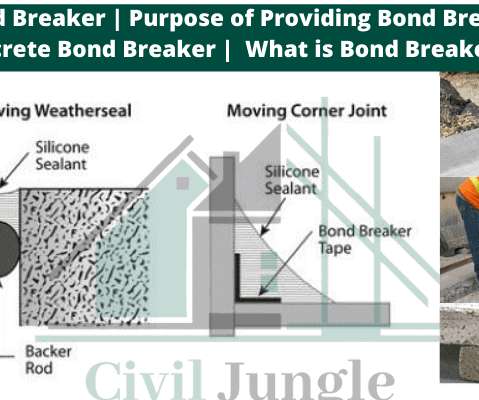
CivilJungle
NOVEMBER 18, 2020
In the modern construction industry, the term “prefabrication” or “precast” holds a significant value. Concrete elements are generally of two types; those are Precast and cast-in-situ construction. Thus bond breaker is used to prevent cracks , which may appear in concrete surfaces due to temperature fluctuations.

CivilJungle
NOVEMBER 13, 2020
Suspension bridges are one of the most popular choices in Bridge construction nowadays, due to the numerous advantages a suspension bridge provides over other bridge structures. In shape and structural components used in construction , it is very much similar to the cable-stayed bridge structure.
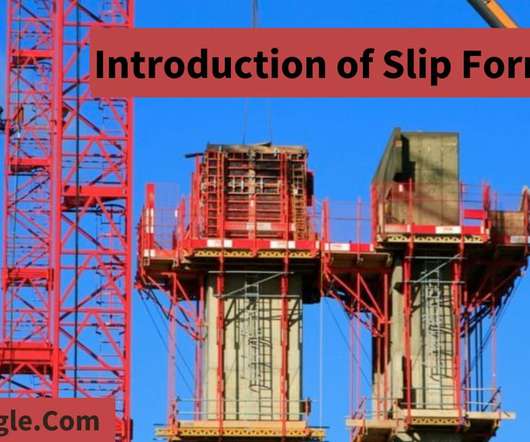
CivilJungle
DECEMBER 26, 2021
Formwork is a temporary moulid that is used for the pouring of concrete. Slip Formwork is a special type of formwork and it is one of the advanced techniques which is carried out rapid construction of megastructures such as the construction of chimneys, towers, silos, road construction as well as Bridge construction.
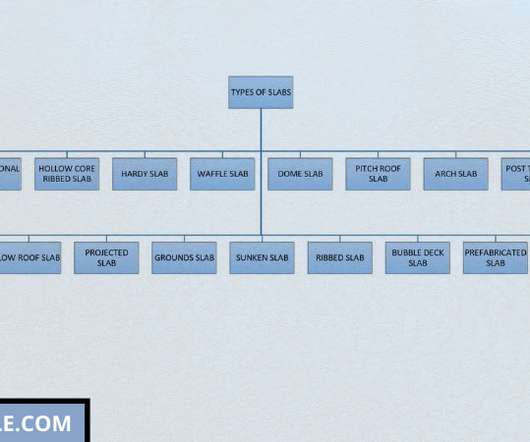
CivilJungle
APRIL 5, 2021
Slabs are structural elements manufactured from concrete constructed to produce flat surfaces, usually horizontal, in building floors, roofs, bridges. If reinforcement is required, slabs could also be pre-stressed or the concrete will be spilled over rebar positioned within the framework. Advantages of Flat Slab .
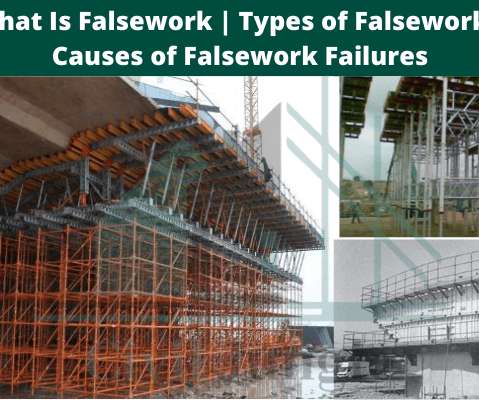
CivilJungle
SEPTEMBER 26, 2020
The temporary structure used to support a permanent structure, material , plant, equipment, and people until the construction of the permanent structure has advanced to the stage where it is self-supporting. The design and construction of falsework are covered by BS 5975: 1982 Code of Practice for Falsework. What Is Falsework?

Construction Cost Estimating
SEPTEMBER 10, 2018
Reactive powder concrete (RPC) stands for the generic name for a class of cementious composite materials which contain superior physical properties, specifically ultra high strength and ductility. For water absorption, the application of fibres enhance the penetrability of both types of concrete. Advantages: 1.
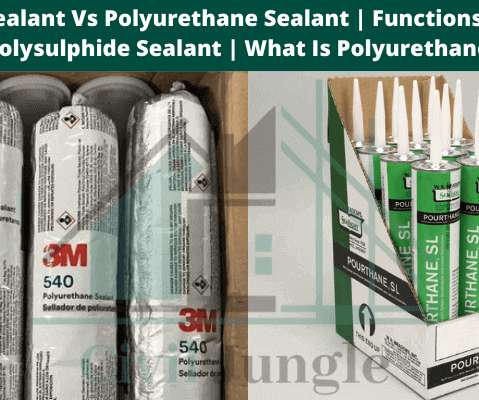
CivilJungle
NOVEMBER 19, 2020
In building construction, the first stage is earth excavation , which is then followed by dewatering the trenches, laying of brick flat sloping and PCC layer, placing of reinforcement caging for the construction of footings, and finally the Concreting of foundations. Adhesive resins such as bitumen, tar, natural gum, wax etc.
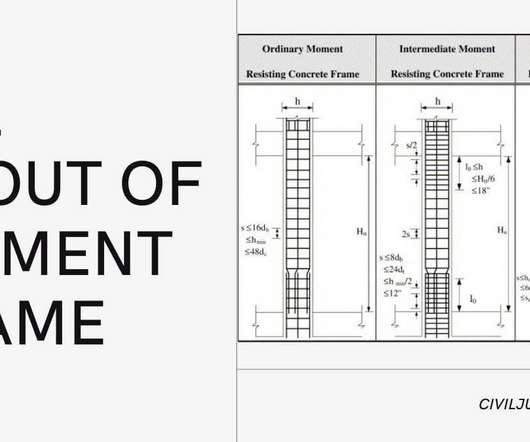
CivilJungle
JUNE 15, 2021
Moment frame is one of the best options which is widely used in the construction industry to design the structure in earthquake-prone areas. Reinforced Concrete Frame | Concrete Frame Construction | Concrete Building Construction | Frame Construction | Types of Frame. Types of Moment Frames.
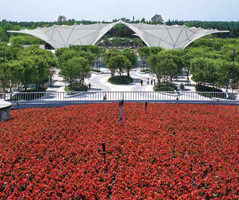
Construction Specifier
FEBRUARY 16, 2024
Photos courtesy Huntsman By David Peragallo Tensile architecture, also known as tensile structures or fabric architecture, is becoming a popular choice for applications such as stadiums, airport hubs, train and bus stations, exhibition halls, event pavilions, and temporary structures such as festival tents.
Expert insights. Personalized for you.
We have resent the email to
Are you sure you want to cancel your subscriptions?

Let's personalize your content